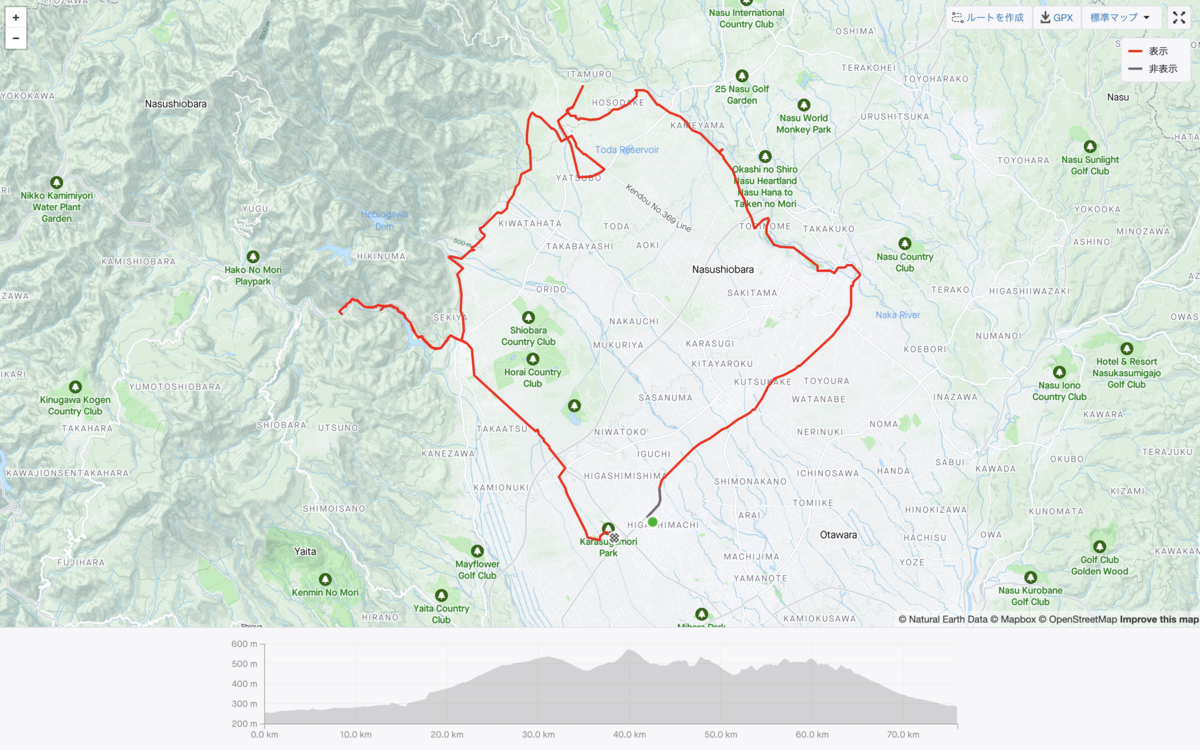learning.oreilly.com
2章の途中まで流し読み。抽象度の高い話が続いていて、咀嚼できない。実践的な話だけ拾い集めて読む。3章に入ると「脱構築」や「デリダ」とか出てくるぽくて、そこまで風呂敷広げるんかい〜 。そういうこともあって、Google 翻訳 / DeepL 翻訳で読んでるとちょいと辛い感じがある
Part of the work of the new architect-creative is to help create those requirements, both functional and nonfunctional. To see what needs to be done, what might work, what structure accounts for what we think we want the system to do, or what we think someone else we’ve never met might want or need the system to do three years from now when it’s harder to change and how to accommodate that.
新しいアーキテクト=クリエイティブの仕事の一部は、機能的なものも非機能的なものも含めて、そうした要求の作成を支援することである。何が必要で、何が機能し、どのような構造で、私たちがシステムに何をさせたいと考えているか、あるいは私たちが会ったことのない誰かが3年後にシステムを変更することが難しくなったときに何をしたいか、何を必要とするかを説明し、それにどう対応するかを確認することです。
This book has a single primary purpose among many purposes: to help you better design software. To do so, it advances a new model, a new approach, a new set of ideas and tools called semantic software design.
本書は、多くの目的の中で、たった一つの主要な目的、すなわち、より良いソフトウェア設計を支援することを目的としています。そのために、セマンティックソフトウェアデザインと呼ばれる新しいモデル、新しいアプローチ、新しいアイデアとツールのセットを進めています。
抽象度の高い話が続いていて迷子になりそうなところで、なんのための本なんだっけ? を改めて再確認する
The problem with software—a chief reason our projects fail—is a failure of our language. We are not architects. Not even close. We do not build buildings with an obvious and known prior purpose, which is an approximate copy of the same kind of building people have been making and using for thousands of years, using tangible commodity materials on a factory line. Quite the opposite.
ソフトウェアの問題点、つまりプロジェクトが失敗する最大の理由は、言葉の問題です。私たちはアーキテクトではありません。それどころではありません。私たちは、何千年も前から人々が作って使ってきたのと同じような建物を、目に見える商品材料を使って、工場のラインでほぼコピーしたような、明白で既知の事前目的の建物を作ることはしません。全く逆だ。
あんちぽさんか、しばたさんが、ソフトウェアってコード書き出すまでは頭の中にあるもんだから みたいな話をずっと前にしてたの思い出す。
Accomplish, Avoid, Fix
To be useful in a typical software project, your concept will generally be about one of three things: accomplishing something, avoiding something, or fixing something:
一般的なソフトウェアプロジェクトで役に立つには、一般的に「何かを達成する」「何かを回避する」「何かを修正する」という3つのうちのどれかをコンセプトとすることになります。
...
顧客が達成したいこと、避けたいこと、修正したいことを考える。文章で、この質問に答えてください。
誰が、いつまでに、どのような理由で、何を望んでいるのか?
Divergent and convergent thinking
As you work through your concept, you should go through two stages, divergent thinking, followed by convergent thinking.
コンセプトを練る際には、発散的思考と収束的思考の2段階を経る必要があります。
なんでもかんでもあげてみる考え方から、コンセプトに絞り込んでいく考え方の話。
convergent thinking は以下の通り続く
1. What absolute constraints are known?
2. How might these candidates fit within a budget, if known?
3. How might these candidates fit within a timeline?
4. What known elements of the business or technology strategy do these candidates support?
5. What new opportunities does this create?
6. What positive and negative elements of our current landscape of People, Process, and Technology does this enhance or aggravate?
7. What people or roles would need to approve or work together with these candidates?
エレベーターピッチ的なフレームワーク紹介への導入の文章
ここで 著者の Concept Canvas が図示で紹介される

1. Concept statement
2. Statement of need
3. Alignment with strategy
4. Idea components
5. Path forward
ここまで読んで終わり。




